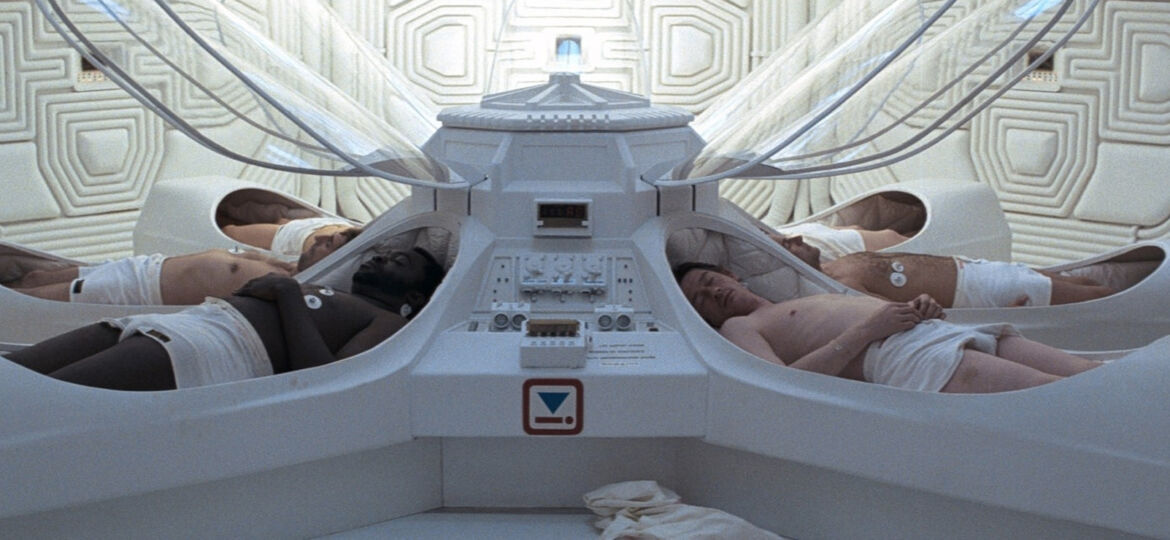
WHY THIS MATTERS IN BRIEF
Being able to put embryos, cells, organisms and people into suspended animation could have a significant impact on anti-ageing, cancer treatments, IVF and space travel.
A new study by researchers at the University of California San Francisco published in Nature this week has shown, for the first time, that it is possible to pause life. The researchers found that drugs that inhibit the activity of a master regulator of cell growth called “mTOR” can put early stage mouse embryos, called blastocysts, into a stable and reversible state of suspended animation.
“Normally blastocysts only last a day or two, max, in the lab but blastocysts treated with mTOR inhibitors can survive up to at least four weeks,” said the study’s lead author, Aydan Bulut-Karslioglu, PhD, a postdoctoral researcher at UCSF.
During the study Bulut-Karslioglu and his team were able to show that paused embryos could quickly resume normal growth when mTOR inhibiters were removed, and that they developed into healthy mice if implanted back into a recipient mother.
The discovery was a surprise to the researchers, who had intended to study how mTOR-inhibiting drugs slow cell growth in blastocysts, not to find a way to put the embryos into suspended animation.
“It was completely surprising. We were standing around in the tissue culture room, scratching our heads, and saying wow, what do we make of this?” said Ramalho-Santos, who is a member of the Eli and Edythe Broad Center of Regeneration Medicine and Stem Cell Research.
“To put it in perspective, mouse pregnancies only last about 20 days, so the 30 day old ‘paused’ embryos we were seeing would have been pups approaching weaning already if they’d been allowed to develop normally.”
Further experiments then demonstrated that mTOR inhibitors could also put cultured embryonic mouse stem cells, which are derived from the blastocyst stage embryo, into suspended animation. The drugs appear to act by reducing gene activity across most of the mice’s genome.
The researchers tested a number of different mTOR inhibitors and found that the most effective was a new synthetic drug called Rapa-Link that was recently developed at UCSF by the lab of Kevan Shokat, PhD.
Now, the researchers believe that it should be possible to extend the suspended animation for much longer than the 30 days.
“Our dormant blastocysts are eventually dying when they run out of some essential metabolite within them. If we could supply those limiting nutrients in the culture medium, we should be able to sustain them even longer. We just don’t know exactly what they need yet,” said Bulut-Karslioglu.
When asked the inevitable question of could this one day be applied to humans Bulut-Karslioglu referred to anecdotal accounts from other practitioners around the world with experience of In Vitro Fertilization (IVF), unusually long pregnancies and mismatches between when an artificial embryo is transferred and when the woman becomes pregnant, which seem to suggest, on the surface at least, that human development could also be paused. He stressed though that this is an area that would need much more research before they could draw any final conclusions.
The new discovery could have dramatic implications for the future of IVF, Cancer treatments, where researchers have already demonstrated that they can use mTOR to slow down the onset of Cancer, as well as in the field of anti-ageing, regenerative medicine and even space travel.
“This is a great example of the power of basic science,” said Ramalho-Santos, “we weren’t looking for ways to pause blastocyst development. We weren’t trying to model aging or test cancer therapies or develop better techniques for tissue regeneration or organ transplantation. None of that was in our mind, but our experiments told us we were on to something we had to understand, and we couldn’t ignore where they led.”
Bring it on.

















[…] we’ve seen breakthroughs in suspended animation, which one day might allow humanity to travel across galaxies and live to colonise new planets, and […]
[…] elsewhere other breakthroughs went to human trials. And if all that fails then there’s always suspended animation to fall back on to help you “live longer.” Now though, in another hurrah for the field […]